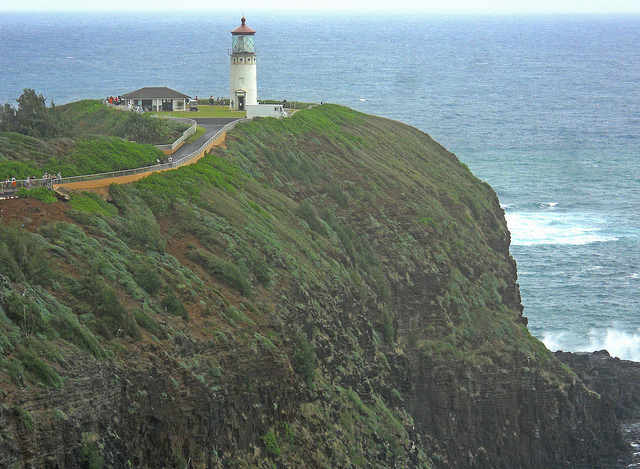The following is a guest post by Riley Johnson…
Hawaii is populated by a richly diverse group of people, animals, plants and marine life. While we typically conjure up images of white sand beaches and velvety green, Hawaii has an astonishing array of less-than-tropical terrain as well.

Lunar-like volcanic plateaus, high deserts, and the world’s tallest sea cliffs are all part of Hawaii’s geography. Simply put, Hawaii is the source of dreams for an outdoor enthusiast. Each of the eight primary islands lays claim to virtually every geographic formation and terrain on earth.
Of course, we all love the vibrant culture of Honolulu; with the mix of nature and urban niceties like the Modern Honolulu and other Oahu hotels, restaurants and shopping experiences, but Hawaii is much more than a convenient resort spot. The vegetation zones among the islands include rain forest, coastal and dryland forest, subalpine and alpine zones. Mountain biking, hiking and camping opportunities abound, and I’ve come up with a list of some of the prime examples of Hawaii’s biodiversity.
Hiking and Camping in Kauai
Kauai has some of the finest hiking trails in all of Hawaii. Visit earth’s wettest spot (really) at the Wai’ale’ale Crater, or slog through the world’s highest swamp in Alaka’I . You can traverse the entire island via the Powerline trail, hike into Waimea Canyon (dubbed the Grand Canyon of the Pacific), or onto the ridges of the Ne Pali coast. My favorite, the Kalalau Trail, stretches 11 miles along some of the most diverse topography in Kauai. More than 90 percent of the native plants and animals living in Hawaii cannot be found anywhere else in the world, so make your hike worth it!
Dry Ideas on the Big Island
Hearing about the Ka’u Desert on the Big Island, you wouldn’t guess it’s in Hawaii. Mainly made up of dried lava remnants, volcanic ash, sand and gravel, the barren spot is expansive and DRY. As part of the Hawaii Volcanoes National Park, it it’s another great spot to hit. The trailhead is on Crater Rim Drive, and by traversing the desert, you can cross the Great Crack and the Southwest Rift Zone, a major fault zone, before continuing on to Kilauea Volcano.
Mountain Biking on Molokai
The Molokai Forest Reserve has long been one of my favorite places to mountain bike. The rugged, 17.5 mile trail takes you across forest land from sea level to a high elevation that will change your mind about Hawaii just being a tropical seaside. Â Immediately, you will begin to regard Hawaii as a mountain state after ascending to 3,700 feet in just 11 miles. The road consists of user-friendly dirt and mud, so just get going!
